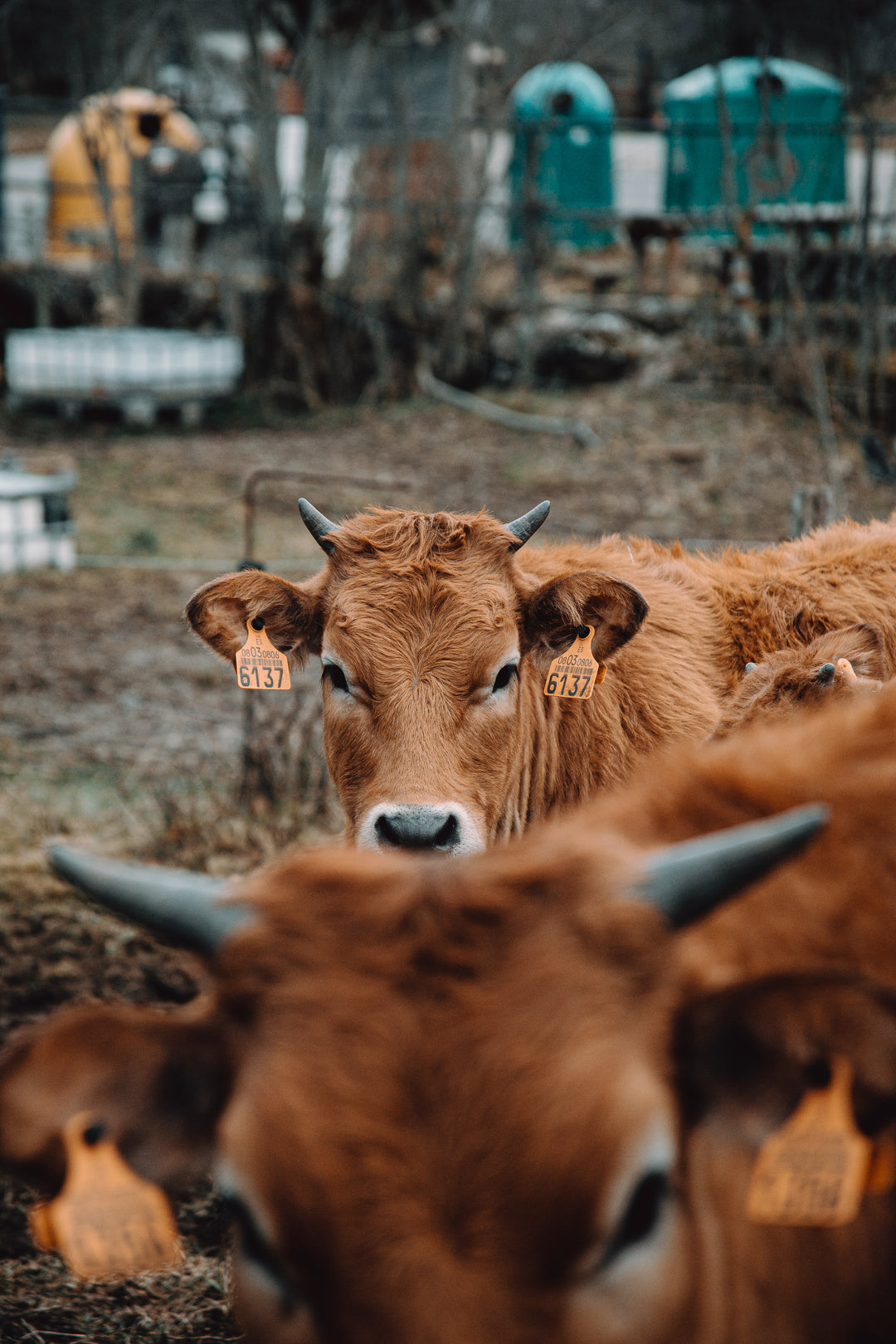The role of soil in regenerating the land
We all know what soil is right, we can answer this unequivocally...it's the ground beneath our feet. We might also add it's the biological, organic matter or dirt.
But beyond this how many of us pay attention to the living organism that provides food for our planet that sustains all life.
There are 1 Billion microbes in 1 teaspoon of soil...yes 1 billion! It's a rich and diverse playground for bacteria, yeast, fungi and viruses to mention but a few. Their interaction with plants is symbiotic and one which has existed for a billion years.
Have you ever wondered how your house plant can continue to grow, day in, day out, despite the fact that it's little clay pot of soil rarely (if ever) gets topped up. The growth of your plant isn't dependant on the volume of soil per se rather a cocktail of other inputs. It can actually produce its own energy from seemingly thin air.
During a process called photosynthesis the plant extracts carbon dioxide from the atmosphere, sunlight and water turns this into sugars (carbohydrates) and 'breaths out' (through respiration) oxygen, back into the atmosphere. These carbohydrates then become the energy substrate for growth, creating cellulose as well as bark etc but they also donate sugars to the microbes that inhabit the soil. The bacteria and fungi have a symbiotic relationship with the plant. The bacteria and fungi help the plants receive minerals locked in the soil but also protect the plant from disease.
Rhizobacteria are attracted to the roots of plants and it's this relationship that forms the exchange of products.
The Rhizobacteria also form an organic layer around the root system, helping to prevent disease occurring as a result of harmful bacteria. The root of the plant in of itself has limited capacity for mineral absorption, however the rhizobacteria can assist in improving the transport of minerals into the plant in exchange for sugars. This process is further amplified but the mycorrhiza fungi. The mycorrhiza fungi is the network of communication and transport of minerals under our feet. With most bacteria remaining somewhat static on the plant root which limits the roots potential for minerals absorption the fungal network enables the plant access to minerals outside of its physical reach. The tiny fungi filaments (hyphae) are able to access micro-pockets within the soil obtaining much needed minerals and water for growth in exchange for sugar (carbohydrates)
The mycorrhiza (fungi) density can easily be 1 kilometre long in just one teaspoon of soil and provide X7 greater mineral absorption compared to that of the root alone and weeds find it harder to thrive due to this subterranean competition.
The soil bacteria and microbe diversity is constantly added to through dying organic matter (leaves, roots, plants and animals) and transferred beneath the surface and broken down by soil life creating humus. It also helps to sequester carbon from the decomposing matter into the soil. However, modern agricultural chemicals have negatively affected the humus layer thus disabling the soil's Co2 retaining capacity.
The widespread use of industrialised agricultural fertilisers, herbicides and pesticides have severely damaged the natural order of things. It has reduced the micro-diversity beneath our feet and therefore the mineral absorption of roots leading to plants being at higher risk of disease (hence the use of pesticides) and weaker plants (poorly nourished plants) (therefore the greater use of fertiliser, and so the cycle continues). Heavy modern machinery also adds complications to this issue. Roots struggle to penetrate the compacted soil to access the deeper soil which often has established channels and networks from pre-existing roots and fungi.
The solution to reversing this catastrophe is facilitating the opportunity for microbes diversity to reintroduce and flourish in degraded regions through management of livestock and land. Allowing nature to run its cause and limiting the use of chemical interventions and tilling (ploughing of the land).
Its the promotion of multi-species co-existence on the land that will help regenerate the land but first we must nurture the microbes-diveristy within then soil.









Leave a comment